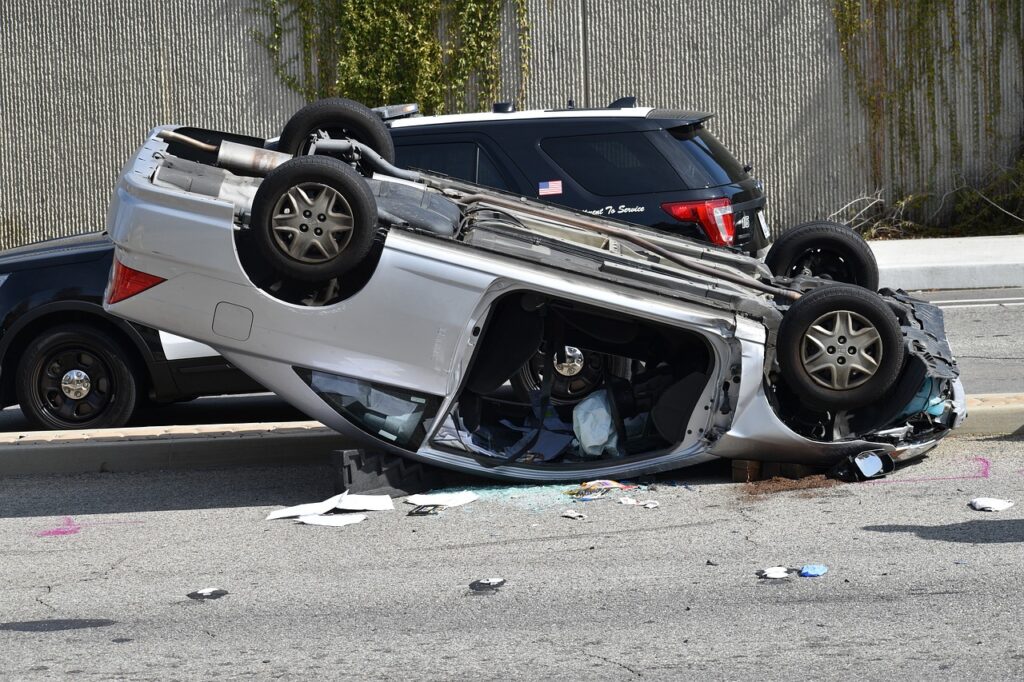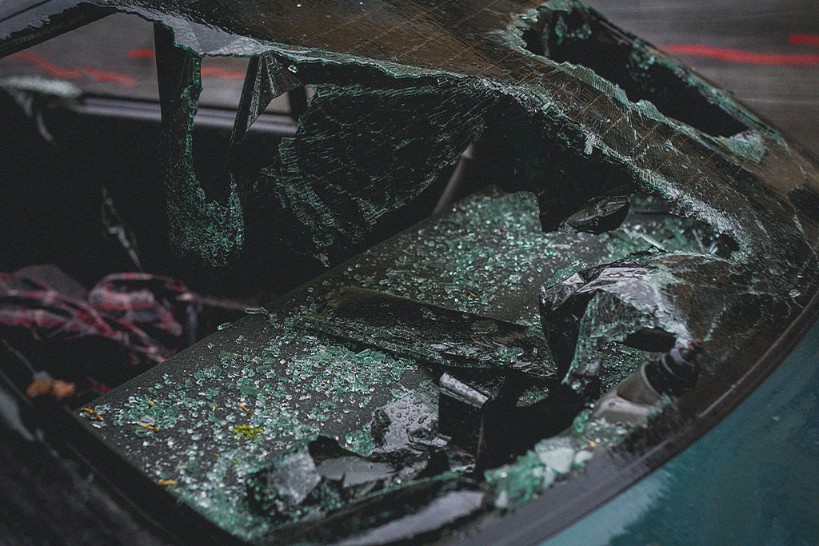Beyond Vehicle Damage: Maximizing Your Compensation After a Car Accident

The aftermath can be overwhelming, especially when dealing with vehicle repairs, medical expenses, and insurance claims.
Navigating Car Accidents in Florida: What You Need to Know

Accidents happen, and car accidents can be particularly stressful and overwhelming. If you’ve been involved in a car accident in
The Dangers of Texting While Driving: Why It’s Not Worth the Risk

n today’s fast-paced world, staying connected is more important than ever. However, this need for constant communication has led to a dangerous habit: texting while driving.
Psychological Effects on Car Accident Victims

Car accidents are distressing events that can have lifelong emotional and psychological effects on those involved.
The Reality of Car Accidents: Understanding the Impact and How to Stay Safe

Car accidents are an unfortunate reality of modern life, affecting millions of people worldwide every year. They range from minor fender-benders to catastrophic events leading to serious injuries or even fatalities.

